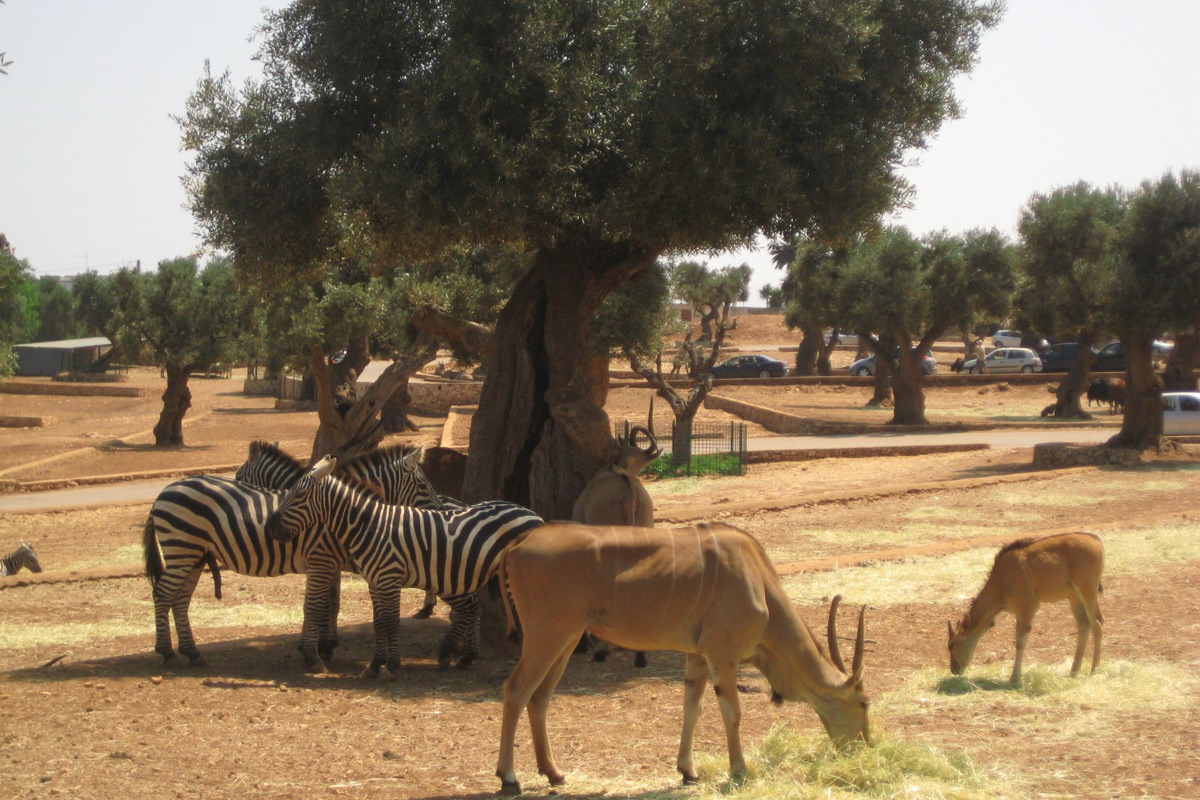In this comprehensive guide, we explore the world’s top zoos, offering insights into their unique features, conservation efforts, and visitor experiences. Zoos play a crucial role in wildlife preservation, education, and research, making them ideal destinations for families, animal enthusiasts, and nature lovers alike.
Define the Importance of Zoos
Zoos serve as vital institutions for wildlife conservation, providing a safe haven for endangered species, facilitating breeding programs, and raising awareness about environmental issues. Moreover, they offer educational opportunities for visitors to learn about different ecosystems, animal behaviors, and the importance of biodiversity conservation.
Types and Categories of Zoos
Traditional zoos feature a wide range of animal species from around the world, housed in naturalistic habitats designed to mimic their natural environments. These zoos prioritize conservation, education, and research while providing recreational experiences for visitors.

Safari Parks
Safari parks offer immersive wildlife experiences, allowing visitors to observe animals roaming freely in expansive natural habitats. These parks often provide guided safari tours, giving guests the chance to see animals in a more naturalistic setting compared to traditional zoos.
Conservation Centers
Conservation centers focus on breeding endangered species and reintroducing them into their natural habitats. These facilities play a critical role in species recovery efforts, working closely with international conservation organizations to protect vulnerable wildlife populations.
Symptoms and Signs of a Quality Zoo
A reputable zoo prioritizes the welfare of its animals, ensuring they receive proper nutrition, veterinary care, and enrichment activities to stimulate natural behaviors. Signs of a quality zoo include spacious enclosures, behavioral enrichment programs, and adherence to accredited standards of animal care.
Conservation Initiatives
Leading zoos actively participate in conservation initiatives, supporting research projects, habitat restoration efforts, and species reintroduction programs. Visitors can engage with these conservation efforts through educational exhibits, fundraising events, and volunteer opportunities.
Educational Programs
Zoos offer educational programs for visitors of all ages, including guided tours, interactive exhibits, and hands-on workshops. These programs aim to raise awareness about wildlife conservation, ecological sustainability, and the importance of biodiversity preservation.
Risk Factors for Decline in Zoos
Habitat loss due to deforestation, urbanization, and agricultural expansion threatens the survival of many wildlife species. Zoos play a crucial role in species conservation by providing a safe refuge for animals facing habitat destruction in the wild.
Poaching and Illegal Wildlife Trade
Poaching and illegal wildlife trade pose significant threats to endangered species, driving many populations to the brink of extinction. Zoos support anti-poaching efforts and collaborate with law enforcement agencies to combat wildlife trafficking and smuggling activities.
Climate Change
Climate change affects ecosystems worldwide, leading to shifts in temperature, precipitation patterns, and habitat suitability for wildlife. Zoos contribute to climate change mitigation efforts through sustainable practices, energy-efficient facilities, and public education campaigns on environmental conservation.Health considerations can include vaccinations, staying safe from marine wildlife, and avoiding contaminated water or food. Preparing a basic first aid kit and knowing the location of the nearest medical facilities can also be beneficial.
Tests for Zoo Quality Assessment
Accredited zoos undergo rigorous inspections and evaluations by independent accrediting organizations, such as the Association of Zoos and Aquariums (AZA) and the World Association of Zoos and Aquariums (WAZA). These standards ensure that zoos meet criteria related to animal welfare, conservation, education, and visitor safety.
Animal Behavior
Observing animal behavior can provide valuable insights into their physical and psychological well-being. Zookeepers and animal care staff monitor behaviors such as feeding, social interactions, and activity levels to assess the health and welfare of zoo animals.

Visitor Feedback
Visitor feedback surveys and reviews offer valuable perspectives on the quality of zoo facilities, exhibits, and educational programs. Zoos use this feedback to identify areas for improvement and enhance the visitor experience.
Enhancing Zoo Experience
Enrichment activities stimulate natural behaviors and mental stimulation for zoo animals, reducing boredom and promoting overall well-being. Examples include puzzle feeders, sensory experiences, and environmental enrichment devices designed to encourage exploration and problem-solving.
Habitat Enhancement
Improving habitat design and enrichment features can enhance the quality of life for zoo animals, providing opportunities for species-specific behaviors, exercise, and social interaction. Zoos continually evaluate and update animal habitats based on research findings and best practices in zoo design.
Educational Outreach
Zoos engage in educational outreach programs to reach broader audiences beyond their physical facilities, including schools, community groups, and online platforms. These programs raise awareness about wildlife conservation issues, inspire action, and empower individuals to make a positive impact on the environment.
Sustainable Zoo Management
Zoos implement sustainable practices to reduce their environmental footprint, conserve resources, and promote ecological resilience. These practices may include energy-efficient infrastructure, waste reduction measures, and renewable energy initiatives to minimize carbon emissions.
Wildlife Conservation
Zoos support wildlife conservation efforts through research, breeding programs, habitat restoration projects, and public awareness campaigns. By partnering with conservation organizations and local communities, zoos contribute to the protection of endangered species and their habitats worldwide.
Community Engagement
Building strong partnerships with local communities enhances the impact of zoo conservation initiatives and fosters a sense of stewardship for the natural world. Zoos collaborate with schools, businesses, and government agencies to address environmental challenges and promote sustainable development.
Case Studies of Zoo Visits
Sarah, a lifelong animal lover, describes her unforgettable visit to San Diego Zoo, where she had the opportunity to see rare and endangered species up close. She recalls the excitement of watching giant pandas, polar bears, and koalas, and learning about the zoo’s conservation efforts to protect these iconic animals.
Kruger National Park
David shares his thrilling wildlife adventure at Kruger National Park in South Africa, where he embarked on a guided safari tour to explore the park’s diverse ecosystems and encounter the “Big Five” animals in their natural habitat. He highlights the importance of conservation in preserving Africa’s rich biodiversity for future generations.
Zoo Management and Conservation
Renowned primatologist Dr. Jane Goodall emphasizes the importance of wildlife protection and habitat conservation in safeguarding endangered species from extinction. She advocates for sustainable living practices and collective action to address global environmental challenges and ensure a harmonious coexistence with nature.
Dr. Carl Jones, a leading conservation biologist, shares his expertise on species recovery and reintroduction programs for critically endangered birds in Mauritius. He discusses the challenges and successes of captive breeding efforts and the vital role of zoos in preserving genetic diversity and preventing species extinction.
Conclusion
In conclusion, visiting top zoos offers a unique opportunity to connect with nature, learn about wildlife conservation, and inspire positive change in our communities. By supporting zoos’ efforts to protect endangered species, promote environmental education, and foster a sense of stewardship for the natural world, we can contribute to a sustainable future for generations to come.




